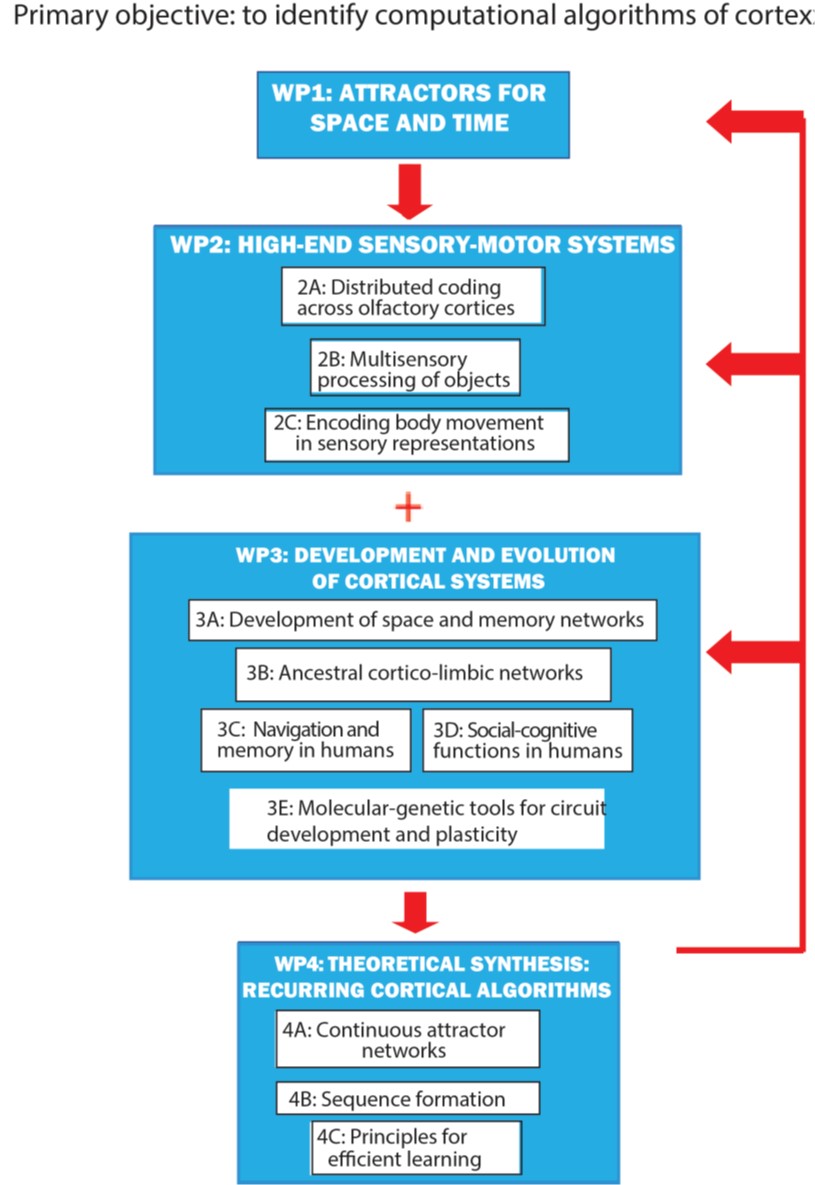WP3C: Cortical computations for navigation and memory in human - Kavli Institute for Systems Neuroscience
WP3D: Network dynamics and adaptation in human social-cognitive functions
About
Motivation
In human studies, we have a unique way of linking brain circuitry to experience through communication and self-report, which is impossible in animal models. In addition, UHF MRI can be used to characterise brain areasrelated to higher order social and cognitive functions with particular attention to individual differences in responses, changes through the lifespan (P3), and their dynamic mediation by multiple cortices (P4).
Aims
Identify network dynamics underlying differences in social cognitive operations between individuals
3.9 Identify functional connectivity between brain regions, and changes in such connectivity that give rise to phenotypes in social-cognitive behaviours, with comparisons across individuals as well as lifespan (P3,P4).
Implementation
Using UHF MRI and time-course correlations to infer the topology of functional connections between areas, we will assess subject-specific functional connectivity (as in WP3C) to elucidate individual differences in higher-order social-cognitive functions (empathy, emotion, perception, theory of mind, social behavior – in both lab and real-life settings).
We will compare these results with data from WP3B to look for shared connectivity motifs.
We will ask how adaptability of structural and functional networks may vary across individuals, lifespan and disorders, linking CAC to the K.G. Jebsen Centre for Alzheimer's disease

